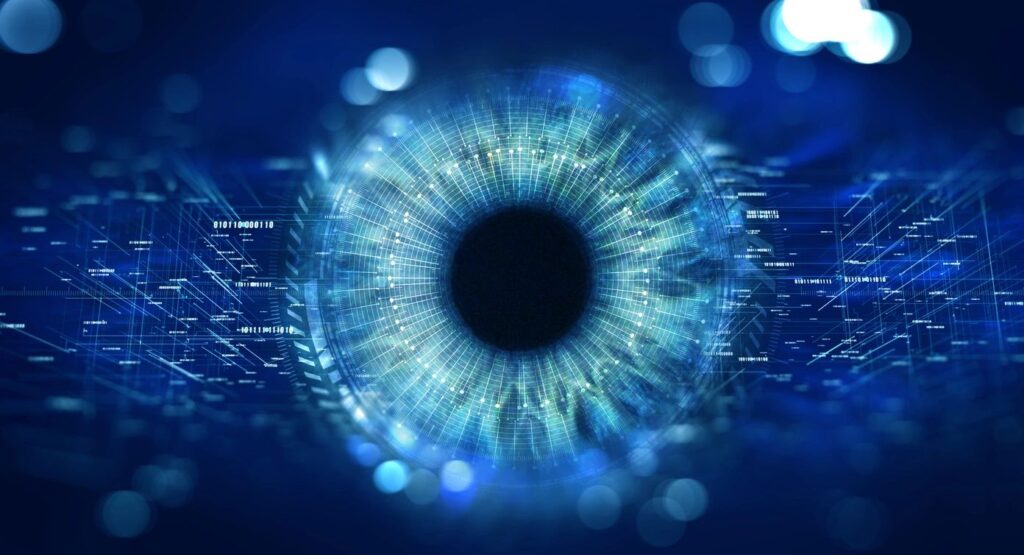
Artificial intelligence (AI) has been making significant strides in healthcare, particularly in the field of mental health. According to the World Health Organization (WHO), mental disorders affect around 450 million people worldwide, and the use of AI can help improve diagnosis, treatment, and patient outcomes.
Mental health professionals have been using various forms of technology to aid in diagnosis and treatment for decades, but the use of AI is relatively new. Machine learning algorithms can analyze vast amounts of data and identify patterns that may not be apparent to human doctors. Here are some ways AI is transforming mental healthcare:
- Improved Diagnosis: AI can help mental health professionals to diagnose mental health conditions with greater accuracy. By analyzing data from patient records and electronic health records, AI can identify patterns that indicate a specific disorder. Machine learning algorithms can also help to identify risk factors for mental illness, such as age, gender, and family history.
- Predictive Analysis: Predictive analytics can help mental health professionals identify patients who may be at risk of developing mental health problems before they become symptomatic. By analyzing data from electronic health records, AI can identify risk factors that may not be immediately apparent to human doctors.
- Personalized Treatment: AI can help mental health professionals develop personalized treatment plans for patients. By analyzing data from electronic health records, AI can identify the most effective treatment options for each patient based on their individual needs and medical history.
- Improved Outcomes: By using AI to identify patterns and risk factors, mental health professionals can provide more accurate diagnoses and personalized treatment plans. This can lead to improved outcomes for patients, including a reduced risk of relapse and better long-term mental health.
While the use of AI in mental health has the potential to revolutionize the industry, there are some concerns that need to be addressed. One major concern is the accuracy of AI algorithms. Machine learning algorithms are only as good as the data they are trained on, and if the data is biased or incomplete, the results may not be accurate.
Another concern is privacy. Mental health records are highly sensitive, and the use of AI in mental health raises concerns about data privacy and confidentiality. Mental health professionals and AI developers need to work together to ensure that patient data is protected and used ethically.
In conclusion, AI has the potential to transform mental healthcare by improving diagnosis, treatment, and patient outcomes. While there are concerns that need to be addressed, the use of AI in mental health is an exciting development that has the potential to benefit millions of people around the world.



